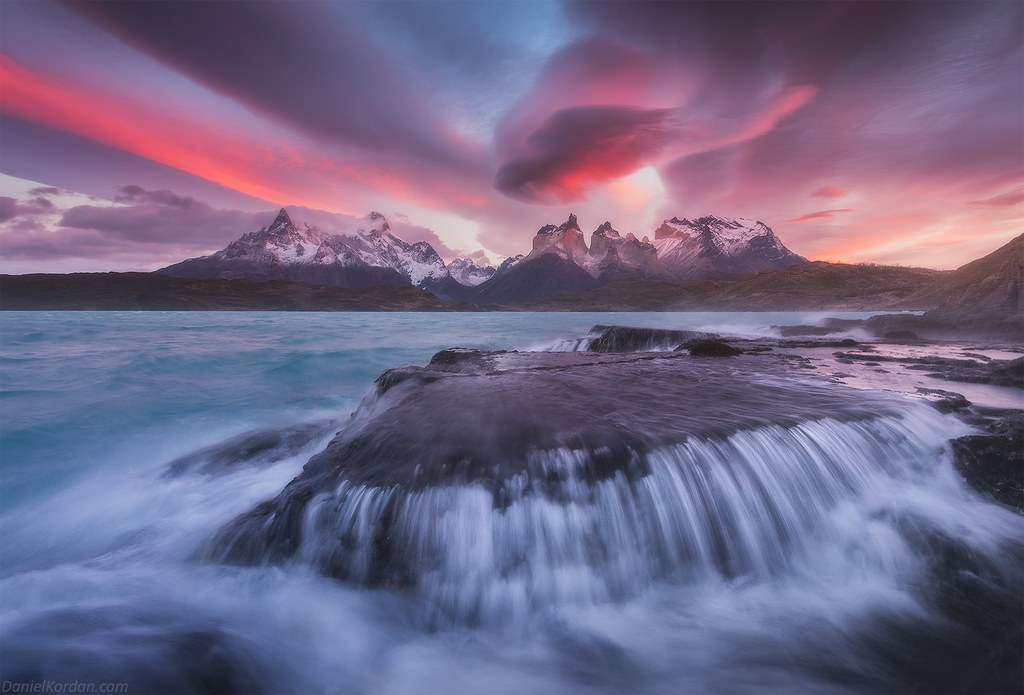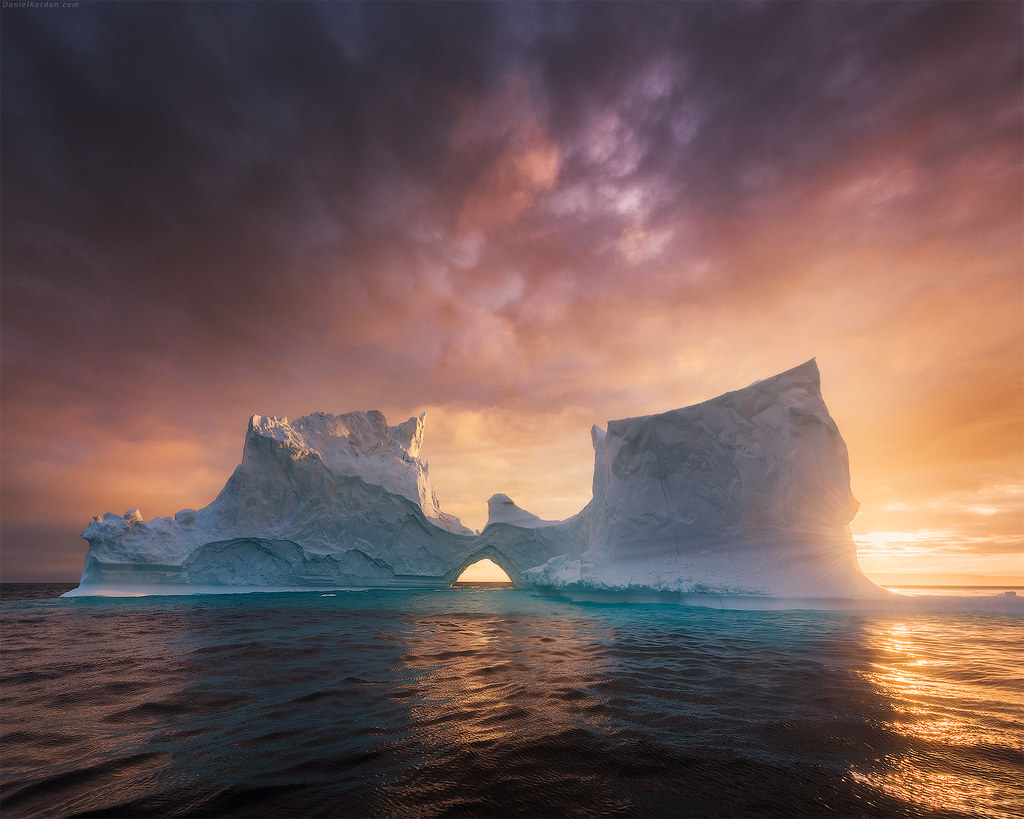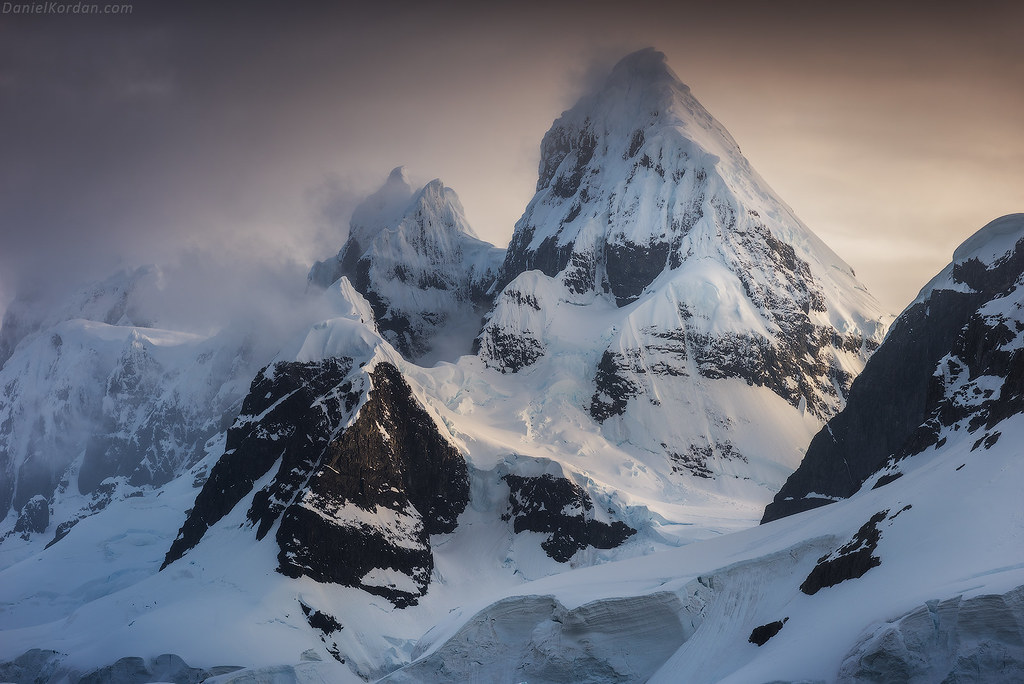Adventure seeker Daniel Kordan has no dilemma. With a loving wife and daughter at home, his photography workshops all around the globe, and a whole Earth waiting to be explored and photographed, he somehow manages to balance it all.
There was a battle for Daniel’s interest between nature photography and science, a point when university and a quantum physics thesis, combined with family and friends, all became overwhelming. Photography didn’t seem a priority, but in the end, it prevailed. As a mountain and climbing guide at his university mountain club, Daniel hiked and traveled a lot, meeting sunrises above the clouds. “It’s hard not to start sharing the beauty with others in such conditions.”
He was also the chief editor at a print magazine called “Continent Expedition” which was forced to shut down due to the rise of social networks. “Our sales dropped significantly. We wrote about people and travel challenging National Geographic,” he said. A combination of like life experiences was what sparked his passion for landscape photography.
“I never thought that photography could be my work or profession. I appreciated my scientific work, and photography was always a passion. But I always found pleasure in pathless woods: places I returned to and always admired. Nature became my inspiration, with all its beauty, variety of colors and compositions.”
Daniel is a full-time photographer and a guide on his very own photo tours, but this didn’t come easy:
“Creating a landscape portfolio takes years and years, you cannot just jump out. It is hard work and first steps you receive no feedback. There are no companies or people who you can work for in this field. You work for yourself. It took me around seven or eight years of my career just to form my skills and portfolio. Only after that time did it started to work for me with licenses, print requests and plenty of returning customers in my tours.”
Daniel has an incredibly respectful perspective on the purpose of human existence. “Our planet was given to us to explore it. We are here not to produce money for money, but we are here to feel, listen and explore our beautiful world. When I first saw rays of sun, beautiful colors in the sky, they inspired me to move forward. These are simple things that drive me: sunsets and sunrises, walking in the mountains, sounds of waterfalls and singing of birds. I just feel happy in harmony with nature and even happier sharing it with others, inspiring them to travel and feel the same. My greatest goal? The feeling of freedom.”
If he could give his younger self any piece of advice, it would be to firstly work with the foreground. “Sometimes treasures lay beneath your feet: ice shards, beautiful snow textures, or sand patterns. Use foreground to transport the viewer inside the frame. A well-chosen foreground can create a completely different photo even in a well-known location.” Secondly, don’t be afraid to use complicated techniques for photos. “You can use focus stacking and make all the details of your composition extremely sharp. Focus stacking and vertical panoramas, for example, will allow you to use flowers/ice patterns as foreground elements. A wide angle lens (14 mm on full frame) is very useful, as it allows you to have fewer frames for your stack. The short hyperfocal distance allows you to be very close to the foreground.”
Daniel has a very long list of places to go, especially in Russia, but he spends most of his time split between Norway at the Lofoten islands and in Tuscany, guiding groups from Europe, UK, US, Asia, and Russia. He currently has an ongoing yachting expedition project called “Two poles” from “Saint-Petersburg to Antarctica through Svalbard and Greenland, along with one-week workshops.” His favorite places are Greenland, Kamchatka, Patagonia, and Tuscany because of the calming tours, great discussions, and fantastic food.
When asked what his biggest fear of being a photographer is, he responded: “I have no fears so far. Of course, I fear to be frozen to death, eaten by a bear or sometimes local tribes, but they all may be much better than dying in an office.” So… that’s something to think about. If you’re interested in more check out his Flickr, and if you want a workshop, or a 15-hour online landscape photography course, check out his website.





